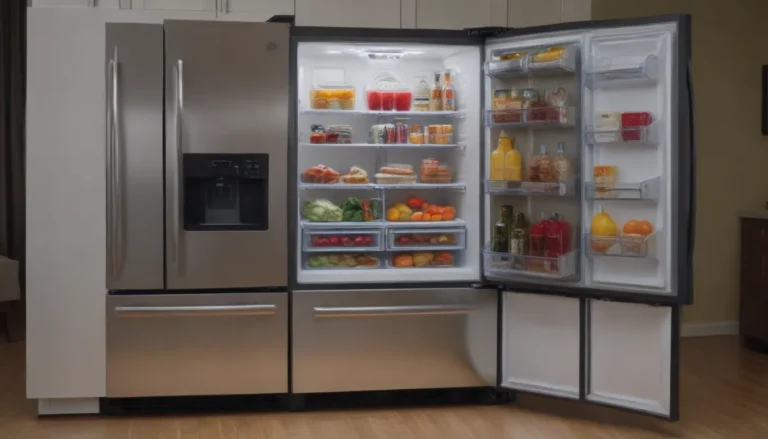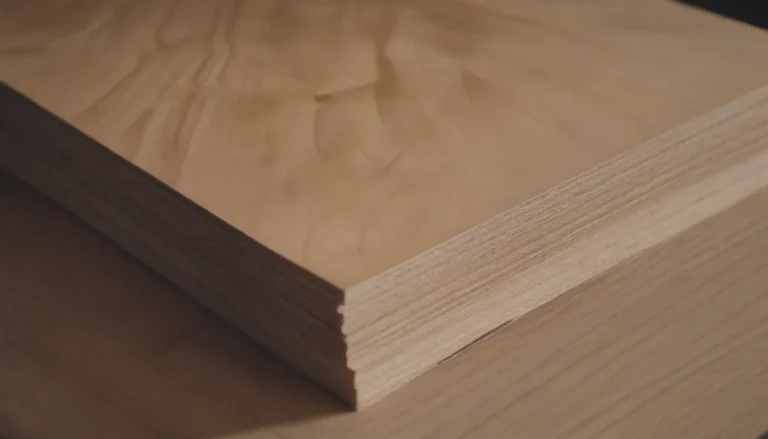A Comprehensive Guide to Different Types of Flat Roofing Materials

Flat roofs offer a unique set of benefits, but they also come with challenges like leaks and repairs. However, with the right choice of roofing material, you can increase the reliability and longevity of your flat roof. In this comprehensive guide, we will explore various types of flat roof materials beyond the traditional options, providing you with valuable information to make an informed decision for your home.
Understanding Flat Roofs
Before delving into the different types of flat roofing materials, it’s essential to understand that flat roofs are not entirely flat. They have a slight pitch of between 1/4 inch to 1/2 inch per foot, allowing water drainage while still appearing flat. Proper construction is crucial to prevent issues that may arise from inadequate drainage.
Single-Layer Membrane Roofing
Single-layer membrane roofs are a newer technology that has gained popularity in both residential and commercial construction. These roofs come in various forms, with EPDM synthetic rubber and TPO (thermoplastic olefin) being common options. Here are some key features of single-layer membrane roofing:
- EPDM roofs are made of synthetic rubber and are known for their flexibility and elasticity, making them suitable for temperature changes and impact resistance.
- TPO roofs consist of three layers – a TPO polymer base, a polyester-reinforced scrim, and a TPO compounded top ply. They offer durability and are easy to install.
- These membrane roofs can be installed using different methods, including loose laying, adhesive fastening, and heat welding.
Modified Bitumen Roofing
Modified bitumen roofing is a popular choice that builds upon the technology of built-up roofing (BUR). Here are some essential points to know about modified bitumen roofing:
- The addition of polymer-reinforced wear layers enhances the elasticity and flexibility of modified bitumen roofing.
- Two common types of polymers used in modified bitumen are atactic polypropylene (APP) and styrene butadiene styrene (SBS).
- Installation methods for modified bitumen roofing include cold adhesives and torch-applied techniques, depending on the polymer used.
Built-Up Roofing (BUR)
Built-up roofing, also known as BUR, has been a traditional choice for low-pitch roofs for many years. Here are some key features of built-up roofing:
- BUR consists of multiple layers of asphalt-impregnated roofing felt embedded in bitumen with a hot mop.
- The overlapping layers of roof felt and asphalt tar create a durable and weather-resistant roof membrane.
- Crushed stone granules are often applied to the top layer of hot tar for added protection against UV light and weather.
Standing Seam Metal Roofing
Metal roofs are known for their durability and longevity, with standing seam metal roofing being a popular choice for flat roofs. Here are some important details about standing seam metal roofing:
- Metal roofs can last from 30 to 50 years, making them a long-lasting option for flat roofs.
- Standing seam metal roofs consist of long metal panels joined at the seams with concealed fasteners, allowing for thermal expansion and contraction.
- Common metals used for standing seam metal roofing include steel, stainless steel, copper, and aluminum.
Choosing the Best Flat Roof Material
When selecting a flat roofing material for your home, consider your specific needs and preferences. Here are some key points to help you make an informed decision:
- Modified bitumen roofing is a cost-effective option but has a shorter lifespan compared to single-layer membrane and metal roofs.
- EPDM synthetic rubber roofs are durable and long-lasting, making them suitable for both residential and commercial properties.
- TPO and PVC single-membrane roofs offer energy-efficient solutions and are ideal for hotter climates.
- Standing seam metal roofing is a premium option that provides excellent longevity and sustainability.
Flat Roof Costs
The cost of replacing a flat roof can vary depending on the type of material used, the size of the roof, and regional pricing factors. Here are some average cost estimates for flat roof replacement:
- Modified bitumen roofing is the least expensive option, with an average lifespan of about 15 years.
- TPO and PVC single-membrane roofs offer mid-range pricing and can last between 30 to 40 years.
- Metal roofs are the most expensive but provide long-lasting durability, with a lifespan of 30 to 50 years.
In conclusion, when considering different types of flat roofing materials, it’s essential to evaluate factors such as longevity, cost, and climate suitability. Whether you opt for single-layer membrane, modified bitumen, built-up, or standing seam metal roofing, choosing the right material can enhance the functionality and aesthetic appeal of your flat roof.
Remember to consult with a professional roofing contractor to discuss your specific roofing needs and determine the best material for your home. With proper installation and maintenance, your flat roof can provide reliable protection for years to come.





